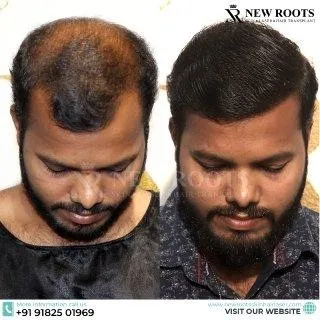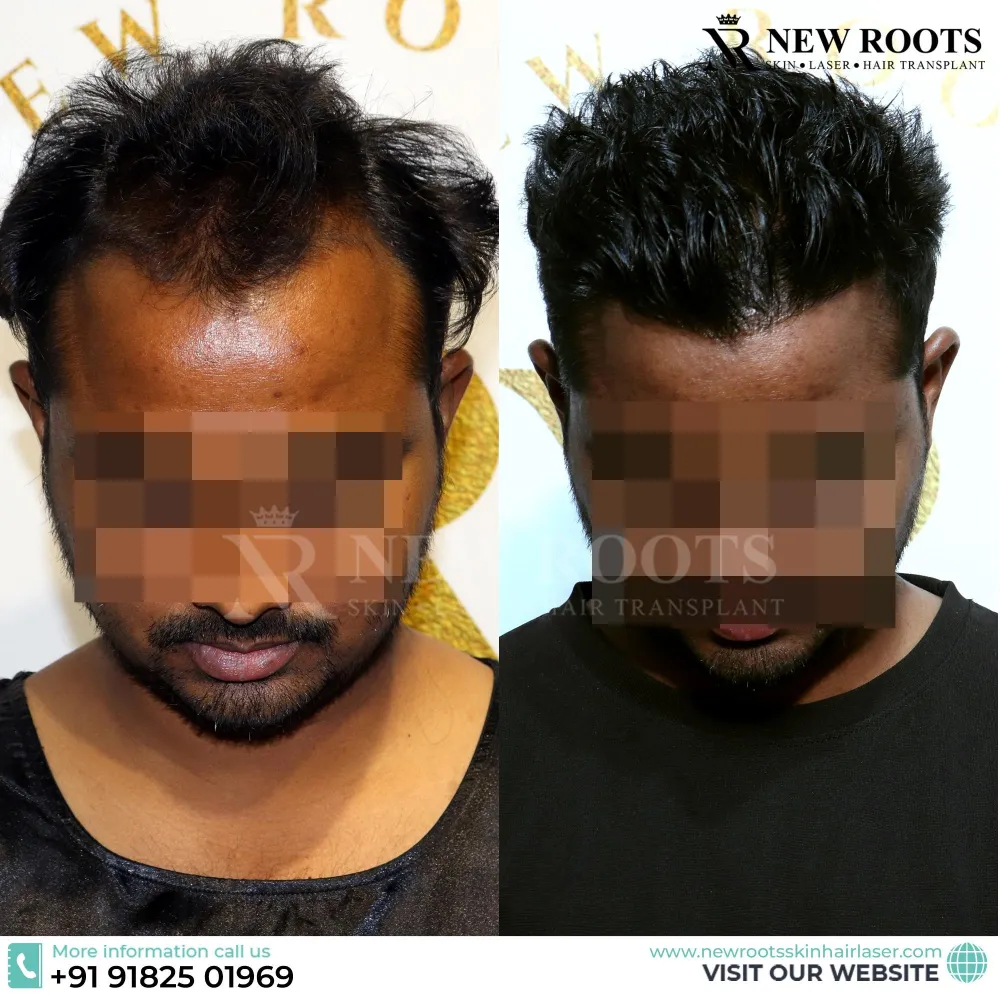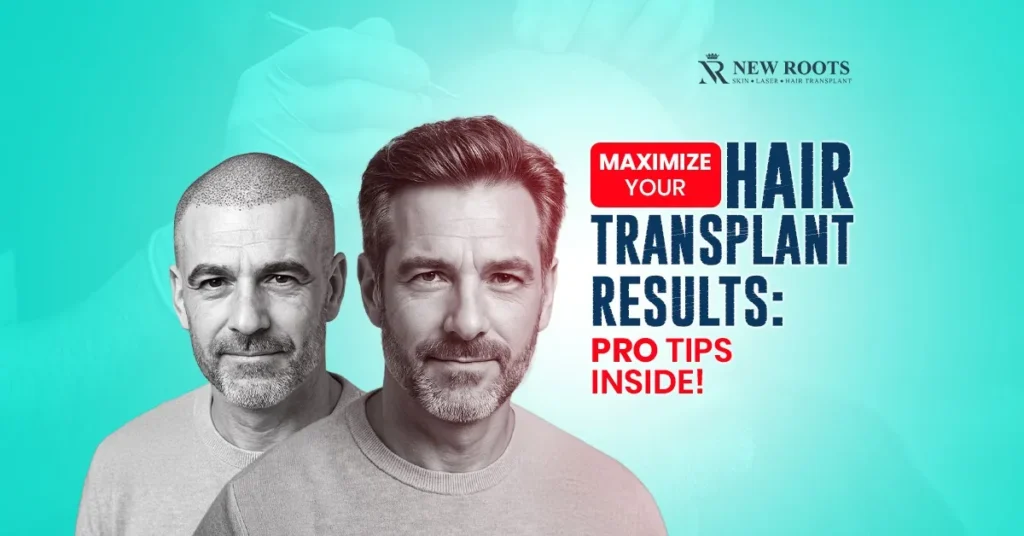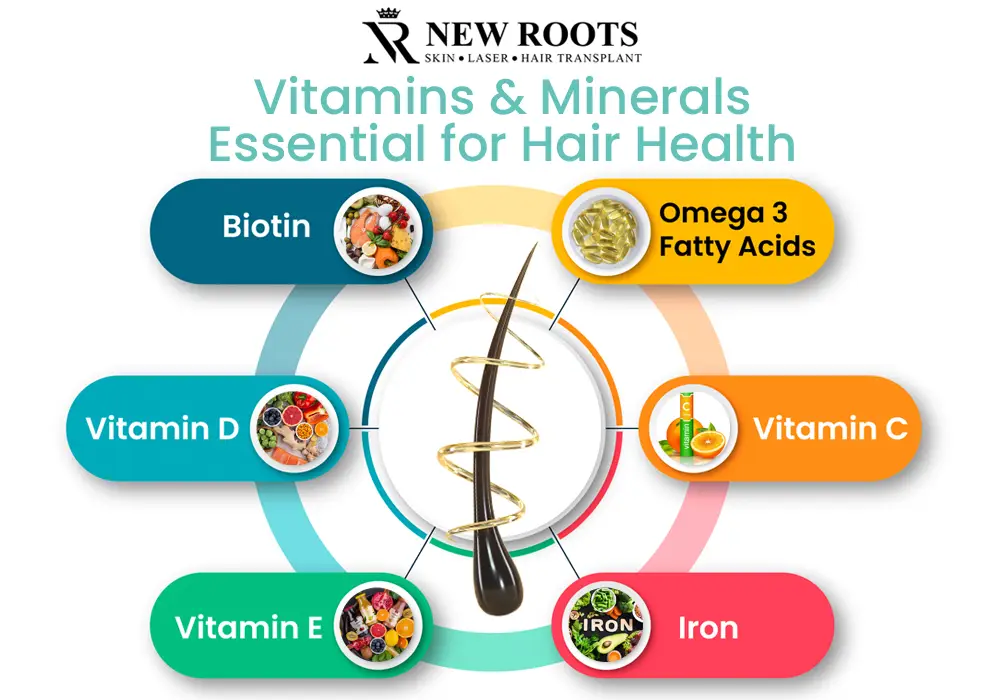The best results of your hair transplant mean careful treatment and conscientious decisions. Preventing hair loss or baldness is one of the main factors in Asian men’s health.
Several strategies are often used to understand how to boost results after hair transplant. First, take appropriate care after the operation according to the rules that have been prescribed by your surgeon.
This involves washing the scalp gently and reflecting from the sun to prevent the new graft from injury.
The addition of a properly balanced diet can greatly improve the healing process; and assure a consumption of such products containing protein, vitamins A, C, and E, and omega-3 fatty acids.
Moreover, true to man’s assertion, some good habits, such as exercising, drinking enough water, and avoiding stress, also help to encourage hair growth.
By following these vital tips in the letter, you should be able to get the best out of your hair restoration process.
Introduction
Post-surgery healing or take is a critical phase that hugely determines the outcomes of hair transplant surgery.
Knowledge of how to boost results after hair transplant is needed to improve hair quality, firmness, and thickness.
The present article pays attention to different nutritional and lifestyle changes that contribute to recovery and shifts the focus to the benefits resulting from the work of the New Roots – Skin, Laser & Hair Transplant Clinic, which provides patients with new hair transplant options.
Table of Contents
Interpreting Hair Restoration Operations
Two primary techniques dominate the hair restoration arena: Of these, follicular unit transplantation (FUT) and follicular unit extraction (FUE).
FUT: They include FUT, where a strip of scalp from the donor area is trimmed to yield a harvest of grafts, and results in a linear scar, but more grafts can be prepared at one time.
FUE: The FUE method removes one hair at a time without uncomfortable scarring; thus, it is best suited for patients who wish to escape discomfort as much as possible.
Both techniques can ensure viable hair follicles, which are crucial before their extraction and transplantation, but they satisfy various patient requirements depending on the type of hair loss and the patient’s expectations regarding the desired look.
Nutritional Techniques For Reinforcing Hair Growth
The food regimen also has importance in terms of the healing method. The nutrients have to be taken to enhance the restoration procedure of the parts of the body that need them most.
Right here are some critical nutrients for the most advantageous hair recovery and strategies to include them in your diet:
Proteins: Essential for the hair formation process, which is one of these includes the hair structure. Use products derived from lean meats, fish, eggs, and legumes.
Vitamins: Nourish hair roots and stimulate blood flow within the scalp. It can be received from results, vegetables, and nuts.
Iron: Required for oxygen transport to hair; foods that are rich in this substance are spinach, red meat, pulses, etc.
Omega-3 Fatty Acids: Free radicals or inflammation are not good for the health of the scalp; get anti-inflammatories from fatty fish, flax seeds, and walnuts.
Keeping the nutrient levels in your body high will have a profound effect on how to boost results after hair transplant, thus proving a point to the principles of how to enhance outcomes after hair transplant surgery.
Effects of Lifestyle Behaviors On Hair Transplants.
Healthy living has a role to play in nutrient interventions. Here are key habits to encourage healing and growth:
Stay Hydrated: They also claimed that water helps to transport nutrients to the skin and the scalp in particular.
Regular Exercise: Promotes circulation and hence circulation of nutrients such as nutrients to hair follicles. Better still, aim for at least 30 minutes of moderate exercise every other day; it helps reduce calories and maintain good health.
Adequate Sleep: Essential for Recovery. Ideally, an individual should sleep for 7-8 hours per day, as it is when the body reconstructs itself.
Stress Management: Avoid taking stress as this is very dangerous to hair growth, and delayed hair growth can even be affected by exercises like yoga and meditation.
All these lifestyle factors have a good bearing on sustaining and possibly improving the outcomes of hair transplants.
Post-Procedure Care and Its Importance
Post-procedure care is a vital factor that influences the effectiveness of hair transplant results, though it often plays a role. How to boost results after hair transplant. After the transplant, necessary care helps in the healing process, minimizes hair shaft damage, and ensures good hair growth.
Key Aspects Include:
Gentle Washing: Prolonged rubbing or vigorous rubbing must be discouraged because it poses certain risks. The patient must use a mild shampoo that does not contain sulfates so that hair roots can be washed without moving the grafts.
Avoid Sun Exposure: Avoid sun exposure on your scalp by wearing a cap, or you can ask your surgeon for an ideal sunscreen to apply for one to two weeks after the operation. This minimizes UV effects and lowers the possibility of skin inflammation.
No Strenuous Activities: Choose sports areas that are not too intense for at least two weeks, because such exercises cause sweating and, therefore, possible detachment of grafts.
Follow-Up Appointments: The surgeon schedules visits based on the wound’s progress in an attempt to catch issues early. This step again puts the need for professional help during recovery into perspective.
Medication Compliance: Staying on scheduled medications, such as painkillers and antibiotics, also helps to reduce pain and prevent increased infection rates.
India and Hair Transplantation: Your Guide to Procedures
The demand for hair transplants in India is growing rapidly, especially in Pune city, due to the availability of the New Root Doctor clinic, which has modern advanced technology and professional surgeons.
Dr. Nilesh Pund is the founder and director of the New Root Doctor clinic, which has been in practice for over ten years. He has worked with and has more than 12,000 satisfied clients. His experience ensures that individuals receive an individual approach to hair restoration, making it the best destination.
The Cost Factor that Goes into a Hair Transplant Procedure in India
The knowledge of the hair transplant cost in India may help in reaching decisions. Average expenses range widely based on factors such as:
Number of Grafts Needed: More grafts generally imply higher expenses.
Technique Used: The FUE method, in most cases, costs more than the FUT method because of the technicality involved.
Surgeon’s Experience: Some practitioners charge their patients more than others, and while it is good to stick to cheap, experienced professionals, you get better results from expensive surgeons.
Place: cities with higher expenses of dwelling may cost more than towns with lower expenses of living.
The fee of treatments is further analyzed, consisting of an array of services and the full expenditure ranging between INR 55,000 and INR 1,40,000.
Hair Transplant Tourism: What You Need to Know
Hair transplant tourism has developed in regions including Turkey and India, amongst others. While it offers potential cost savings, correlating risks must be considered:
Quality of Care: Not all clinics are equal: comprehensive research is a must.
Follow-up Care: Mobility after surgery can also be an issue because distance makes it difficult for the patient to be monitored and helped with after-surgery care.
Cultural and Environmental Adaptation: Transitional changes have stress added to them, which is one thing that stands out from the information above.
Individuals who opt for this course should always make sure that they balance the advantages and the disadvantages during their research.
Selecting A Suitable Surgeon For Your Operation
The choice of hair transplantation depends on the qualifications of the doctor who will attempt the procedure. When evaluating potential surgeons, ensure they possess:
Specialized Training: Your surgeon should have had his or her postgraduate education and training in dermatology or cosmetic surgery with special emphasis on surgery involving hair transplanting.
Experience: Search for operations that have been done a lot of operations and those that have had positive remarks from patients.
Before and After Photos: It is easy to evaluate quality outcomes by presenting to the client a portfolio of successful operations executed earlier.
The choice of a hair surgeon who is qualified and experienced to perform hair transplants is vital to the success of the exercise.


Conclusion: How to Boost Results After Hair Transplant
Implementing the insights presented in this article will enable people to learn how to boost results after hair transplant efficiently.
From dietary plans and choices to changes in daily habits and careful choice of a clinic like New Roots, all these factors contribute to the possibility of the highest rate of hair growth in the bald region and an overall satisfactory surgical experience.
Adopting these practices will not only improve ratings but also support healthy hair and a person’s self-esteem after an illness.
Q&A ASK
To increase the result of a hair transplant, take proper dietary food that contains more proteins, vitamins, and minerals. As these are very nutritional and can support the growth of hair follicles, other nutrients found in lean meats, leafy greens, nuts, and fish help in the healing process.
To prevent your scalp from being exposed to direct sunlight after surgery, wear headgear for at least 2 weeks. Wherever the skin is exposed, wear a hat over the scalp or apply some sunscreen. When getting advice from your surgeon, it is important to strictly adhere to their advice to reduce the risks involved as well as improve on the resultant recovery periods.
Smart and moderate exercises can begin three to four days after the transplant surgery. However, it advises against intense exercises for two weeks now that you are pregnant. This precaution minimizes sweating, which, if excessive, could make the scalp irritated, thus affecting the healing of the skin.
Consultation is especially important to assess how the wound is healing and if there are any problems. Another essential aspect of follow-up, which is about hair transplantation and how to increase the outcome after the process, is frequently seeing your surgeon to follow up on how you are healing.
Stress has to be managed also, as it plays an important role in the recovery process. Stress in particular contributes to slow healing and growth of hair. Meditation or yoga exercises are other features of life, which can be helpful in terms of the result after the hair transplant and for the general state of health.






